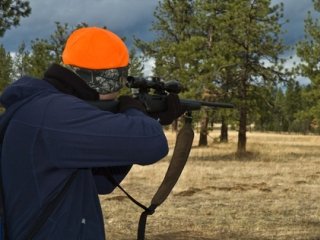 From time to time even hunting success has it’s challenges. The challenge and the reward of good preparation and follow through tracking game after the shot is worth the patience and aggravation. Being aware and patient to follow the right path at the right time is critical to game recovery and to honor your duties as a hunter.
From time to time even hunting success has it’s challenges. The challenge and the reward of good preparation and follow through tracking game after the shot is worth the patience and aggravation. Being aware and patient to follow the right path at the right time is critical to game recovery and to honor your duties as a hunter.
…








